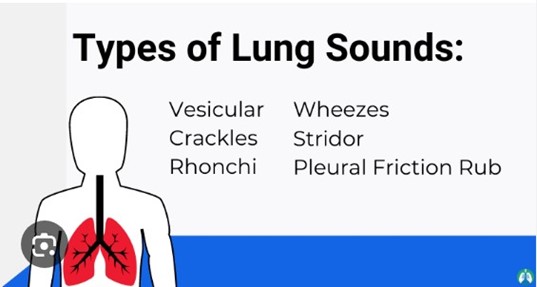A male client with a chronic medical condition tells the practical nurse (PN) that he wants no heroics to prolong his life if anything should happen to him. Which action should the PN take?
Place a "Do Not Resuscitate" sign outside the client's door and at the bedside.
Reassure the client that life-saving measures will not be taken without consent.
Complete an advance directive form and place it in the medical record.
Notify the client's healthcare provider of the client's wishes as soon as possible.
The Correct Answer is D
A. "Place a 'Do Not Resuscitate' sign outside the client's door and at the bedside."
A DNR order must be written by the healthcare provider and documented in the medical record. A sign alone is not sufficient to ensure the client’s wishes are followed.
B. "Reassure the client that life-saving measures will not be taken without consent."
While reassuring the client is important, the client’s wishes must be documented formally through an advance directive, which is legally binding and ensures that medical staff are aware of and follow the client’s instructions.
C. "Complete an advance directive form and place it in the medical record."
While completing an advance directive is important, the first priority is notifying the healthcare provider so that the client’s wishes can be documented and the proper legal forms can be completed.
D. "Notify the client's healthcare provider of the client's wishes as soon as possible."
The nurse should immediately notify the healthcare provider of the client’s wishes. The healthcare provider can then initiate the appropriate legal documentation, such as a DNR order or an advance directive, ensuring the client’s wishes are respected in the future. This is the first step in ensuring that the client’s preferences are followed.
Nursing Test Bank
Naxlex Comprehensive Predictor Exams
Related Questions
Correct Answer is C
Explanation
When admitting a client with complications of left-sided heart failure, the practical nurse (PN) should prioritize assessing the client's bilateral lung sounds. Left-sided heart failure can result in the accumulation of fluid in the lungs, leading to pulmonary congestion and impaired gas exchange. By auscultating the client's lung sounds, the PN can assess for the presence of crackles, wheezes, or diminished breath sounds, which are indicative of pulmonary congestion and fluid accumulation. This assessment helps to identify the severity of the client's condition and guides further interventions and treatment.
While assessing heart sounds (option a) is important in evaluating cardiac function, assessing lung sounds takes priority as pulmonary congestion is a common manifestation of left-sided heart failure. Chest pain (option b) is a significant symptom that should be assessed promptly, but in this scenario, the focus is on assessing for signs of pulmonary congestion and impaired gas exchange. Assessing the client's mood and affect (option d) is important for a comprehensive assessment, but it is not the priority when the client is admitted with complications of left-sided heart failure.

Correct Answer is A
Explanation
The finding that is the highest priority for the PN to report to the charge nurse is the blood urea nitrogen (BUN) level of 75 mg/dL or 12.9 mmol/L. This result indicates an elevated BUN level, which can be indicative of impaired kidney function. In a client receiving chemotherapy, an elevated BUN level may suggest chemotherapy-induced nephrotoxicity or other kidney-related complications. Prompt reporting is crucial to ensure appropriate intervention and management of the client's kidney function.
B. While the platelet count of 135,000/mm3 or 135 x 109/L is slightly below the normal reference range, it does not pose an immediate life-threatening risk. However, it should still be monitored and reported to the healthcare team for ongoing assessment and evaluation.
C. Decreased deep tendon reflexes may be an expected side effect of certain chemotherapy medications or a manifestation of neurotoxicity. While this finding should be documented and monitored, it is not as urgent as the elevated BUN level.
D. Periodic nausea and vomiting are common side effects of chemotherapy, but they may also be indicative of other underlying issues such as dehydration, electrolyte imbalances, or gastrointestinal complications. While this finding should be addressed and managed, it is not the highest priority compared to the elevated BUN level.
Whether you are a student looking to ace your exams or a practicing nurse seeking to enhance your expertise , our nursing education contents will empower you with the confidence and competence to make a difference in the lives of patients and become a respected leader in the healthcare field.
Visit Naxlex, invest in your future and unlock endless possibilities with our unparalleled nursing education contents today
Report Wrong Answer on the Current Question
Do you disagree with the answer? If yes, what is your expected answer? Explain.
Kindly be descriptive with the issue you are facing.
